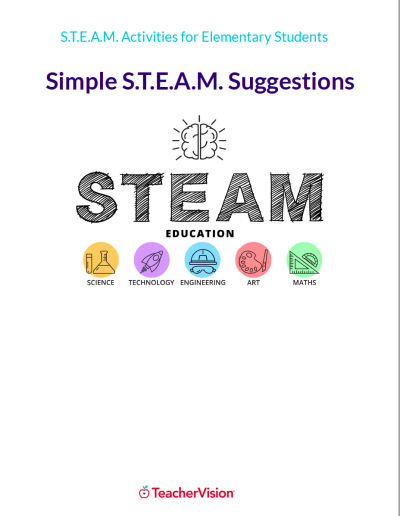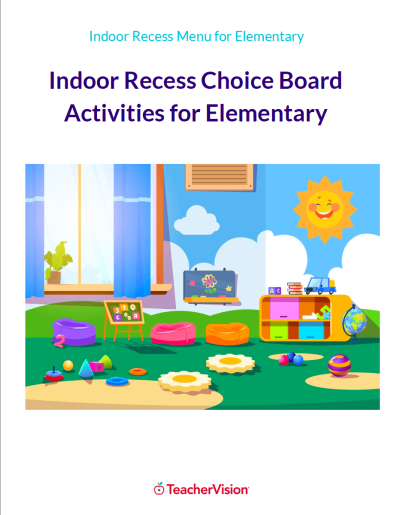Aunt Isabel Makes Trouble
GOALS
Students will be introduced to more complex issues of story development through an analysis of the story element "the problem." Through a reading of Aunt Isabel Makes Trouble, students observe and appreciate how a story without trouble is a story without excitement! Each time Penelope "but-but-butts" in, Aunt Isabel adds bits of trouble to create the problem and to keep the story full of surprises! Students will strengthen their understanding of the importance of the problem through an activity that requires them to eliminate the trouble from the tale! A group discussion gives students the chance to share their opinions and ideas about this story element.
OBJECTIVES
1. Students will listen to and be able to discuss "the problem" story element through a reading of Aunt Isabel Makes Trouble.
2. Students will develop a problem-less story by deconstructing Aunt Isabel Makes Trouble and eliminating the trouble.
3. Through large-group sharing and discussion, students will come to understand that a story without a problem lacks excitement and appeal.
MATERIALS / RESOURCES
PROCEDURE & METHODOLOGY
1. Review with students the four basic story elements – setting, characters, problem, and solution.
2. Show them the cover of Aunt Isabel Makes Trouble and ask them to make predictions about the story. Read the story, pausing appropriately for questions and discussion. Be sure to ask students how it makes them feel each time Penelope says "but" and Aunt Isabel adds trouble! Direct the discussion to the importance of problems to a good, interesting story.
3. You can create a graphic organizer that provides a chart in which the story with trouble and the story without trouble can be compared side by side! This allows students to see the importance of this story element. Begin by working with the students to retell the story on an overhead projector. Encourage the students to summarize the plot points with brief statements in the left column. Be sure to highlight the bits of trouble and corresponding solutions. (You may wish to write some of these beforehand, leaving gaps for the students to fill in.)
4. Have the students work individually or in groups, using the right column of the paper to summarize the story leaving out the trouble. For example, Penelope looks at her calendar and realizes that it is Prince Augustus's birthday and she has forgotten it! Eliminate this bit of trouble. Instead Penelope looks at her calendar and sees that Prince Augustus's birthday is a week away, with plenty of time for her to find a gift and deliver it! Once the students are finished, have them share their work and decide as a class which story is more interesting and why.
5. For ESL and other special needs students: Use the same procedure, but have them dictate the new story to you working in a small group. Let them use the illustrations as cues.
EVALUATION
Students' work can be evaluated throughout the lesson as well as during sharing time. The lesson provides assessment opportunities in all areas of language arts - reading, writing, listening, and oral language.
Giving the Solution a Twist!
1. Students can develop their own "Aunt Isabel tale" using a graphic organizer. They can write two different solutions!
2. Have students work in groups of four to create progressive Aunt Isabel stories. The first student creates the setting, the second adds the main characters (both good and evil), the third the problem, and the fourth the solution. Have four stories going at once to keep the creativity flowing!
3. Have students apply the same lesson and extension activities to Aunt Isabel Makes Trouble.
Playing with Trouble!
1. Have students work in pairs to make up a new Aunt Isabel story. Have one student play the part of Aunt Isabel and another the part of Penelope. Using a tape recorder, have them say the story aloud, beginning with Aunt Isabel. Penelope must keep "but-but-butting" in with problems to be solved! Students can share their recordings.
2. In the Aunt Isabel stories, trouble frequently arrives in the form of quirky insects or animals with ominous names. Students can have fun with language, making up villains for future Aunt Isabel stories. For example, Leering Lizard or Meddling Beetle.
3. Students can design "Wanted" posters for the Aunt Isabel villains or their own villains. On the poster they must describe the character, explain why they are wanted, and outline the reward.






